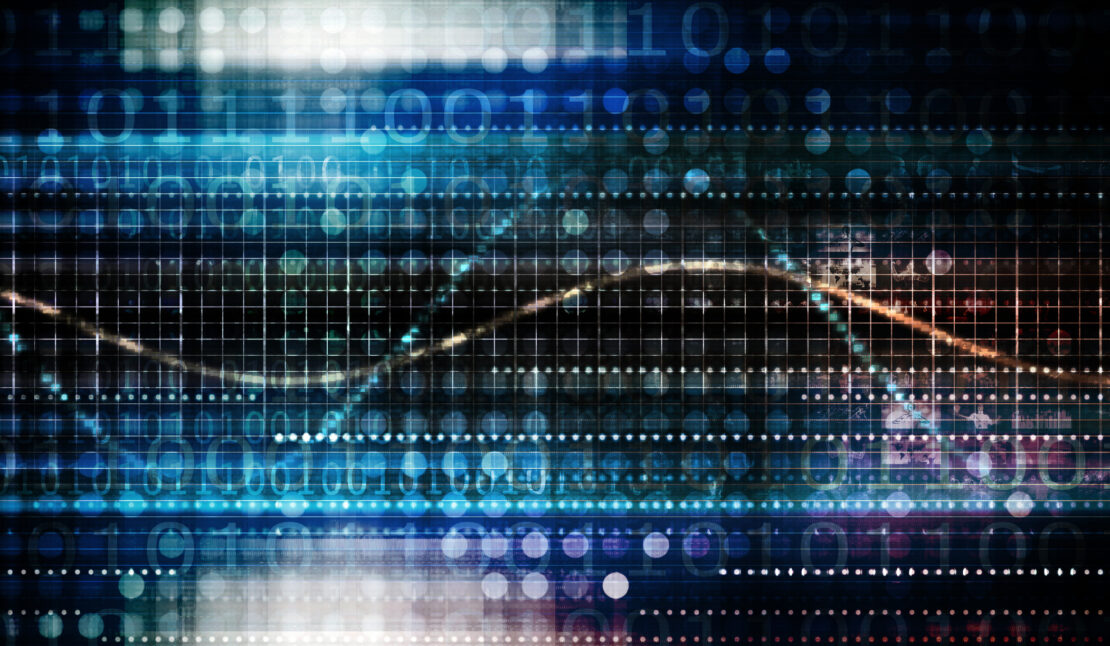
A better way to secure data: Introducing Federated SSO to benefit Hospital IT
Implementing Federated Single Sign-On (SSO) simplifies authentication for MDIP users. This streamlined experience helps reduce login fatigue.
In a hectic, ever-changing OR environment, timely, accurate medical devices are essential to track and trend patient status. In recent years, the number and complexity of devices have increased, resulting in a higher volume of data, alarms, and alerts that can both guide and potentially threaten patient safety. Individual device alarms and data that are siloed between multiple systems or screens make it difficult to detect changes and patient deterioration. And the stakes could not be higher, as rapid decisions in the OR can have significant postoperative repercussions for patients and the total cost of care.
Capsule helps OR teams capture and navigate large amounts of streaming and historical data by capturing, aggregating and contextualizing all available information, then securely integrating it into other systems and providing predictive insights. Our flexible connectivity hubs integrate virtually all medical device data from the OR into one scalable platform. Our system has the ability to tailor the elements and frequency of data sent to multiple systems, including alarm management.

A mobile clinical computer features built-in connectivity ports and the ability to manage data and connectivity status from multiple devices on a single display.

A single-, four- or eight-port serial to network bridge providing robust connectivity to the EMR in crowded care areas like the ICU.

Implementing Federated Single Sign-On (SSO) simplifies authentication for MDIP users. This streamlined experience helps reduce login fatigue.

EDM-enabled data is easier to use across a health system’s ecosystem, whether data is feeding into an EMR, central station, clinical decision support system, or an analytics platform.